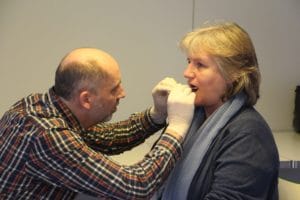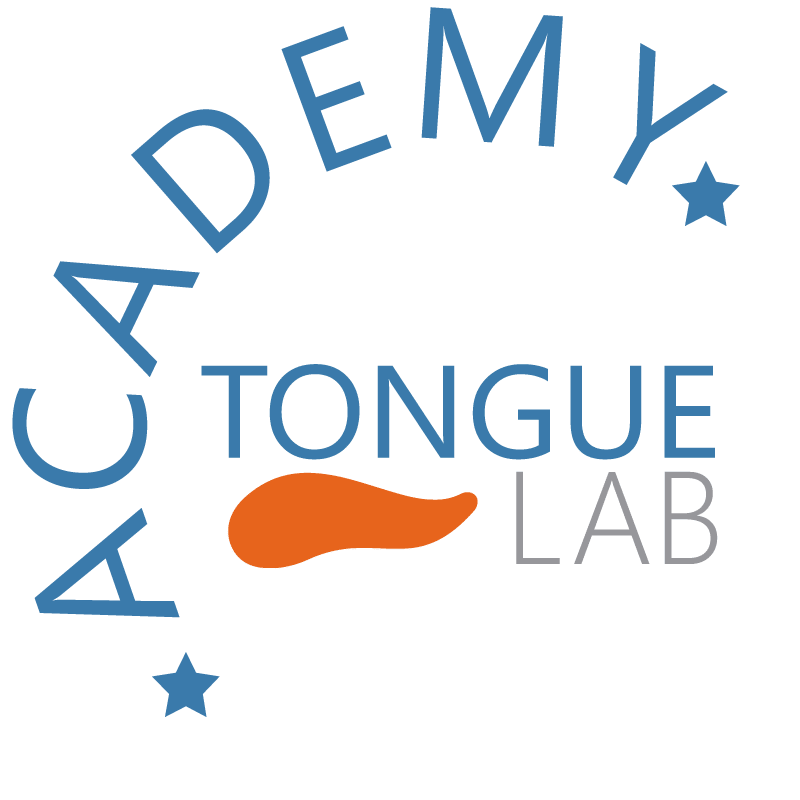Lingual reeducation
Reeducation aims to 1) restore the physiological functions of the tongue muscles: some are stimulated, others are hindered 2) to ensure that these physiological functions become automatic, day and night. This is the best way to effectively and permanently treat disorders caused by lingual dysfunctions. Depending on the age and individual profiles of the persons, this reeducation will be long.
Reeducation refers to all methods based on exercises aimed at recovering or relearning a function or functional capacity of the body. This is the case, for example, of a person who relearns to walk after a car accident. The learning or relearning of these functions is related to the use of muscles controlled by the cortical central nervous system (related to acts conscious mainly of the tongue of the cheeks and lips) but also subcortical (related to automatic functioning and reflexes of the base of the tongue).

Reeducation consists of repeating specific exercises to be performed daily by patients, over periods ranging from several weeks to a few months. The frequency and repetition time are crucial for the effectiveness of the treatment because the operation must be programmed in the central nervous system in order to become automatic.
Lingual reeducation is generally faster in children than in adults. Indeed, automatisms are more easily acquired by young people. They are said to have better “brain plasticity”. In adults, the duration of treatment varies from one individual to another, it may be longer than in children, because lingual dysfunctions are well anchored and therefore longer to correct.
In any case, the effectiveness of reeducation will depend on how often patients perform their exercises.
Lire les autres chapitres :

